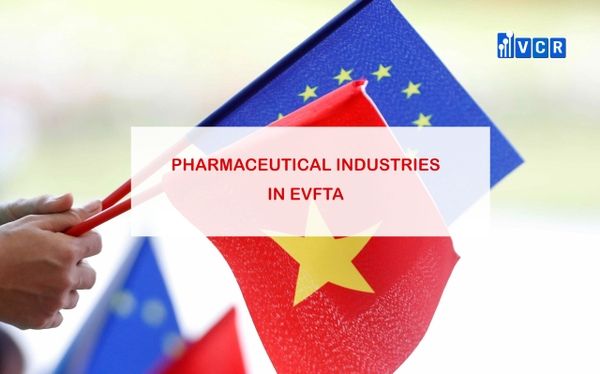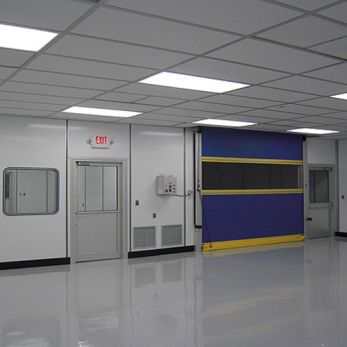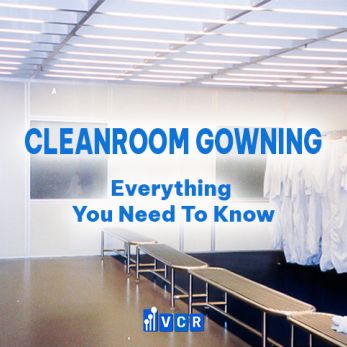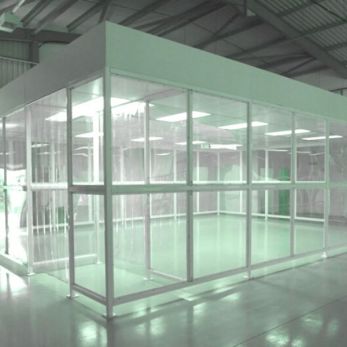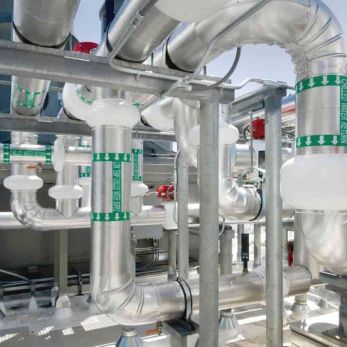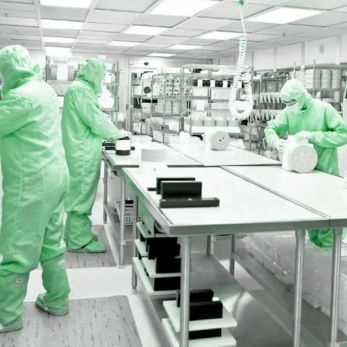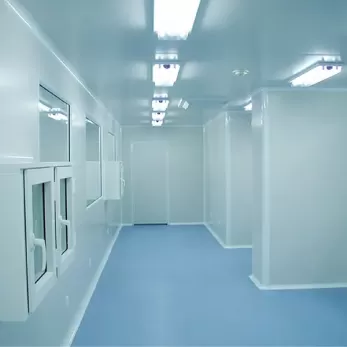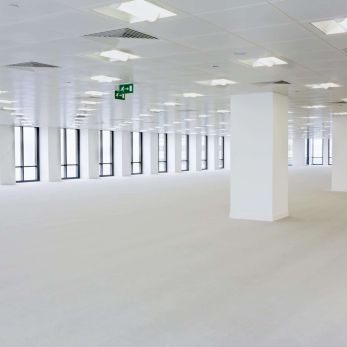Pharmaceutical industry potentials in EVFTA
Vietnam is an attractive market for pharmaceuticals. It is estimated that the country imports around 60 percent of total demand for this product. The development of this sector is forecast to attract US$100 million of investment throughout the industry
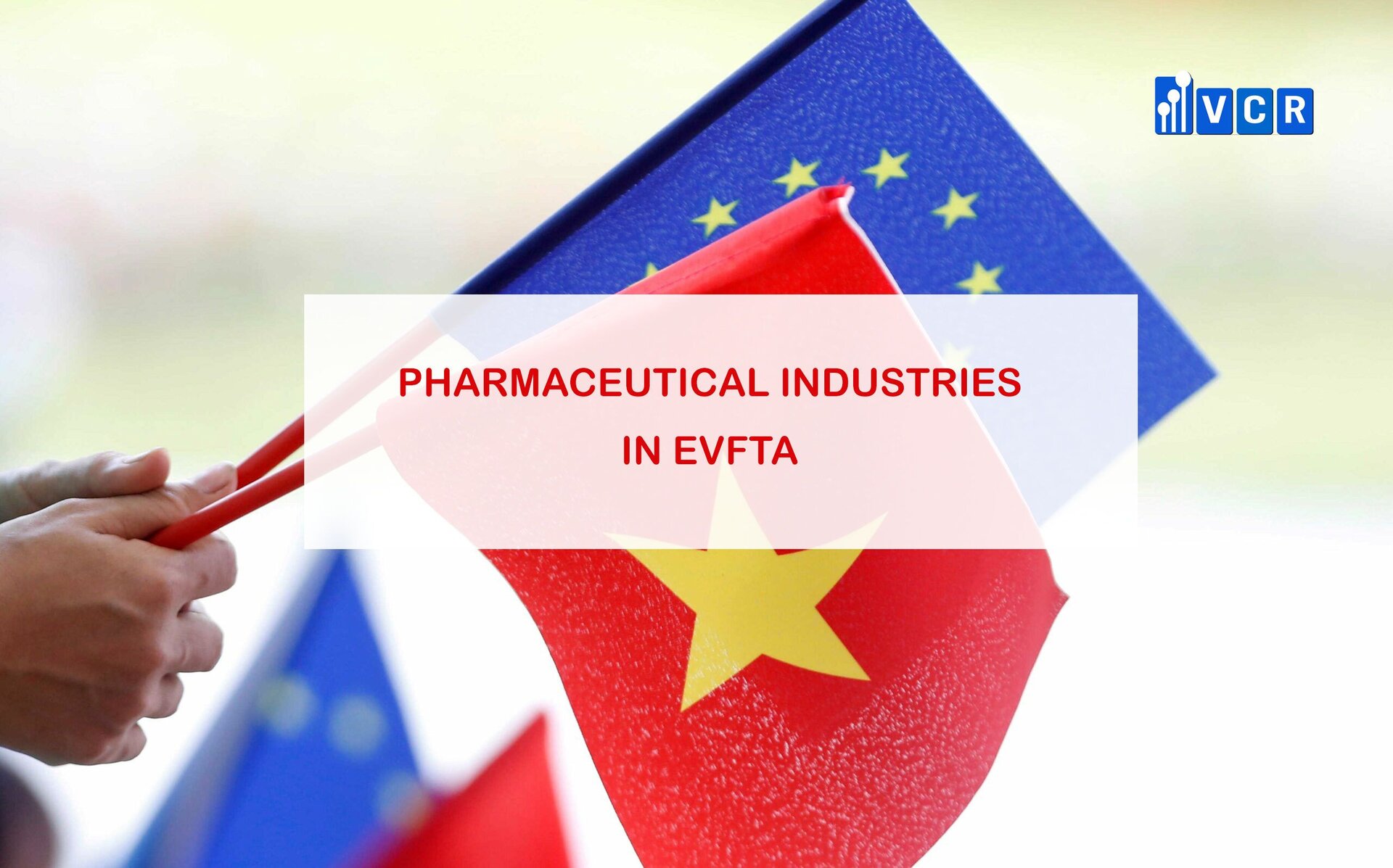
Vietnam is an attractive market for pharmaceuticals. It is estimated that the country imports around 60 percent of total demand for this product. The development of this sector is forecast to attract US$100 million of investment throughout the industry and increase the pharmaceutical market value by up to US$27.6 billion, according to accounting firm KPMG.
With the EU-Vietnam FTA (EVFTA) in effect, the pharmaceutical market is expected to open even further to EU businesses bring in new investment inflow for the foreseeable future.
We highlight some insights below:
Why should investors be optimistic about Vietnam’s pharmaceutical industry?
Vietnam is currently undergoing economic and demographic transformations that provide great potential for its healthcare and pharmaceutical industry. The COVID-19 outbreak certainly dampened economic activity in Vietnam, but it is unlikely to reverse ongoing socioeconomic changes. Rather, health stands firmly as the top priority and concern for both the Vietnamese people and the government as demonstrated in the country’s efforts to control COVID-19.
Vietnam’s pharmaceutical industry is the second-biggest product imported from the EU into Vietnam – and contributes to people’s health and socioeconomic status. Vietnam spends 7 percent of its GDP on health with the average person spending approximately US$69 on pharmaceutical products.
Vietnam pharmaceutical industry still depends on importing raw materials and remains a net importer of pharmaceutical products representing significant opportunities for investors.
What are some drivers for growth?
Vietnam has a fast-growing middle class and an aging population. It is expected that by 2038, 20 percent of Vietnamese people will be over 60 years old. As people get older, rising health concerns become a factor increasing the need for medical care and pharmaceutical products.
Besides, domestic firms mainly produce simple medications and generic drugs. Domestic firms also lack research capability as well as the capability to invest in new compounds. Partnership with foreign firms will further help in attracting high-tech manufacturing and producing specialized medicines and products for the local population as well as export markets.
What are Vietnam’s main import and export markets?
Vietnam’s largest pharmaceutical import markets are the EU, India, the US, and South Korea while export markets are the ASEAN region, Japan, Cyprus and the US. It is important to note that most EU investors source raw materials in the EU, ship it to Vietnam and manufacture or process the product before re-importing back to the EU.
What are some emerging opportunities due to the tariff reduction implemented by the EVFTA?
About 71 percent of import tariffs have been eliminated after the EVFTA came into force. In addition, emerging opportunities from non-tariff barriers include improvement in intellectual property rights and direct pharmaceutical imports – so EU investors are now allowed to establish a company to import pharmaceutical products and sell to local distributors or wholesalers. EU investors are also allowed to build warehouses and carry out clinical research and trials.
As per the EVFTA, Vietnam will also align with international standards on pharmaceuticals which means that products already certified in the EU will not require additional testing and certification in Vietnam, thus reducing time and costs in the Vietnamese market.
Finally, Vietnam has committed to open pharmaceutical-related bidding packages in a number of central and local state agencies including Vietnam’s social insurance program, the Ministry of Health, the Hanoi and Ho Chi Minh City Department of Health, and 33 other hospitals.
While this is good news, are there still any barriers?
Foreign-invested companies are still prohibited from distributing drugs in Vietnam and are only permitted to conduct wholesale and retail activity with non-pharmaceutical supplements in the form of tablets, capsules, and powder.
In marketing terms, for the promotion of drugs, FIEs cannot promote drugs used for human treatment, except for promotion among drug traders or distributors. The promotion to end-users or health professionals is strictly prohibited.
In addition, prescription drugs cannot be advertised but can be introduced to healthcare professionals via drug introducers, drug information materials, and seminars.
What are some market entry strategies?
There are three recommended market entry strategies. The first one is to invest in Vietnam as a form of drug importer, the second is to operate a manufacturing company through an M&A and lastly, the third is participate in pharmaceutical-related bidding packages of certain central and local state agencies.
Investors are advised to set up a trading company to benefit from preferential treatment which is a low-cost option. A trading company allows a company to source in Vietnam and resell in Vietnam and maintain quality control.
In order to establish a trading company, investors are required to obtain an import license along with other certifications, obtain proof of origin for EU pharmaceutical products, and export to Vietnam. Investors will also need to apply for a certificate of satisfaction of conditions (CSC) and certificate of goods storage practice (GSP) for importing into Vietnam.
EU exporters are required to use the Registered Exporter System (REX) to show proof of origin of a product. The REX system is a statement of origin document made by exporters registered in the REX system by competent authorities.
We think an M&A is one of the best options to enter the Vietnamese market. An M&A is less time consuming and helps the investor gain the local partners’ assets, suppliers, distributors, and so on. However, the investor may not fully be able to control decision making.
Vietnam Cleanroom Equipment (VCR) specializes in providing cleanroom equipment for construction contractors. We provide high-quality products with competitive prices and large quantities nationwide. The equipment includes:
Differential pressure gauge, FFU Fan Filter Unit, Pass box, Clean room air filter, HEPA box, Clean booth, cleanroom steel door, Isolator cabinet, and other equipment
For details, please refer to Vietnam cleanroom equipment official website
https://en.vietnamcleanroom.com
Source: vietnam-briefing.com






